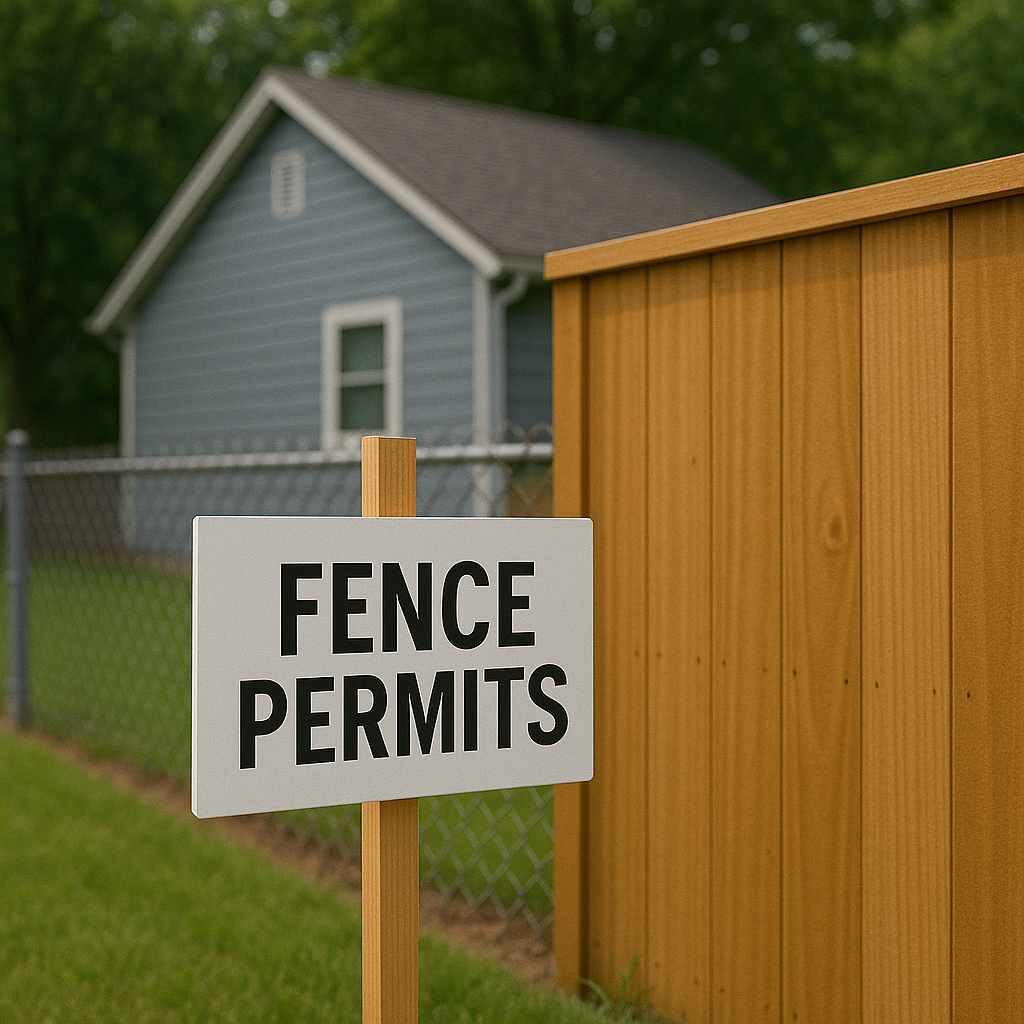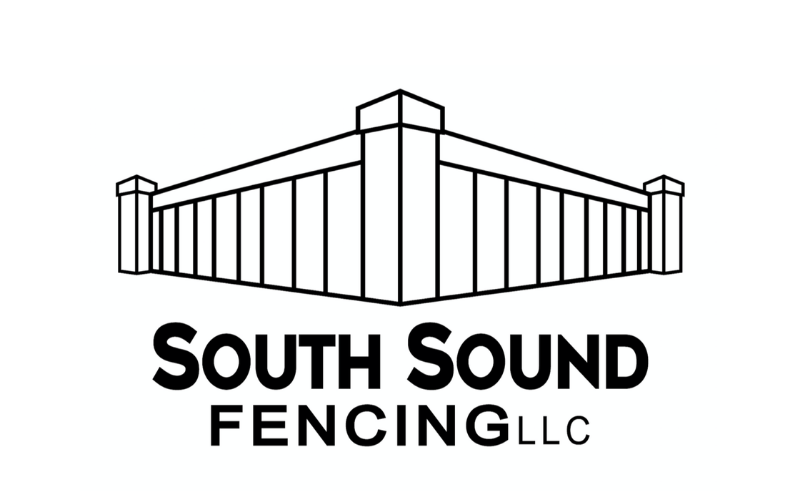Installing a fence may seem straightforward, but in places like Tacoma and Pierce County, there are local rules that property owners must follow. From understanding where your property lines begin and end to securing the correct permits, a little research can help you avoid legal disputes and costly mistakes.

Do You Need a Fence Permit in Tacoma or Pierce County?
In most residential areas, a permit is required if your fence exceeds a certain height—usually six feet. If you’re building a standard residential fence under that height, a permit may not be necessary. However, local building codes can vary by neighborhood or zoning designation, so it’s always smart to check with the city or county first.
For commercial or industrial fencing, permit requirements are often more strict due to safety and compliance standards. If you’re considering this type of project, visit our commercial fencing page for guidance.
Understanding Your Property Line
Before any installation begins, it’s crucial to confirm the exact boundaries of your property. Building a fence even a few inches onto a neighbor’s land could result in disputes, legal action, or forced removal.
You can identify your property lines by checking your plat map, property deed, or hiring a licensed surveyor. This is especially important in neighborhoods where fences are used to separate yards and maintain privacy. Learn more about material choices on our post about choosing the right material for your fencing project.
Fencing Etiquette and Neighbor Agreements
Even when your fence is within legal limits, it’s courteous to communicate with neighbors—especially when installing a shared boundary fence. In some cases, neighbors may agree to split costs, especially if both parties benefit from improved privacy or appearance.
For residential fencing projects that involve close property lines, explore our residential fencing options designed to meet both aesthetic and functional goals.
Common Height and Placement Rules
In Tacoma and most surrounding areas, fences in front yards are typically limited to 4 feet in height, while backyard fences can go up to 6 feet. If you’re near a corner lot or an intersection, visibility rules might apply, which could restrict fence height or design to maintain driver and pedestrian safety.
For temporary or short-term needs—such as construction projects—temporary fencing offers a flexible and compliant solution.
What Happens If You Don’t Follow the Rules?
Building without the proper permits or encroaching on a neighbor’s land can lead to stop-work orders, fines, or the need to tear down the fence altogether. These headaches can be avoided with a quick permit check and proper property line verification before starting the project.
Let South Sound Fencing Help You Stay Compliant
Whether you’re planning a backyard upgrade or securing a commercial lot, we help our clients stay in compliance with local laws while installing quality fencing that lasts. Visit our homepage or get in touch to schedule a site visit and estimate.
